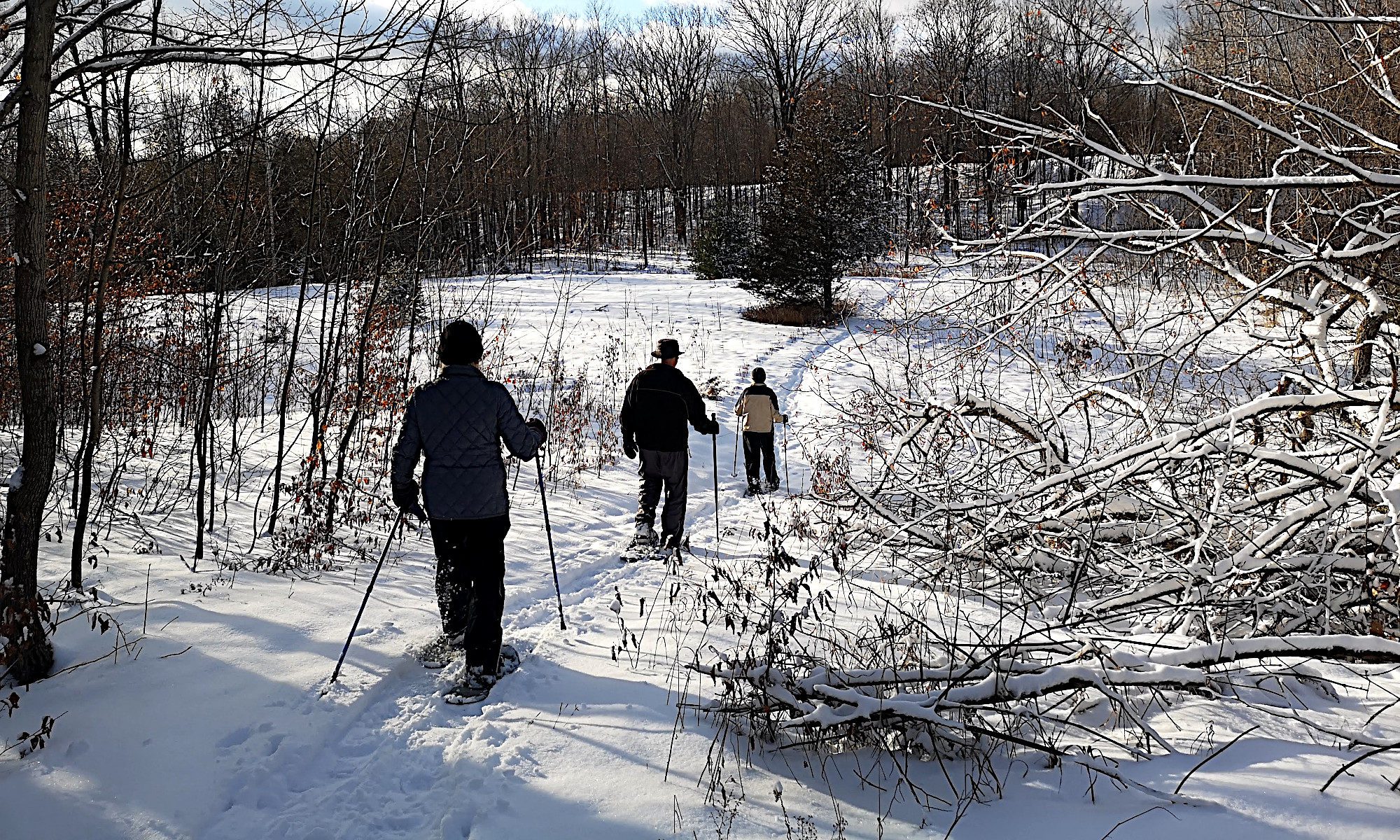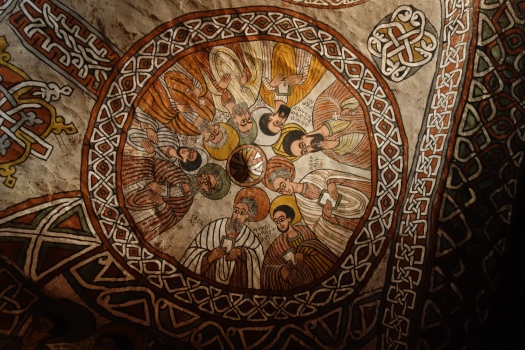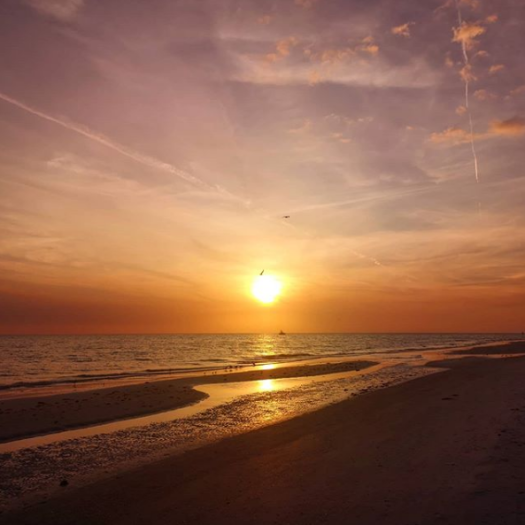
Nothing tastes better than pancakes with maple syrup you made yourself


Links that interest me and maybe you


Note: I originally wrote this for the newsletter at the Columbia Journalism Review, where I am the chief digital writer
As the coronavirus pandemic continues to impact an ever-widening group of cities and states, it is challenging media outlets both big and small — not just because it puts pressure on already stretched newsrooms in terms of reporting resources, but because it is also affecting the financial side of the industry, with advertising revenue declines of 20 percent in some cases. How are metropolitan and regional media outlets handling this kind of pressure, while also reporting on one of the biggest stories in recent memory? How are they making sure that their staff are taking care of themselves, even as newsrooms put in long hours — many of them working remotely in large numbers for the first time? This week on CJR’s Galley platform, we’ve been talking with editors and managers at a number of medium-sized newspapers and websites such as the Arizona Republic, Philadelphia Inquirer, Seattle Times, Dallas Morning News, Maine Today, and Salt Lake Tribune to see how they are coping.
Kim Bui, the director of audience innovation at the Arizona Republic, says her organization was cautious about being too alarmist in covering the virus in its initial stages, since the state only had one case. But as the impact of the pandemic started to become obvious, coverage ramped up, and Bui says she and the rest of the newsroom took their cues about what to cover from readers. “The good thing about interacting with them is that we know that what they are interested in is the impact on their daily lives,” she says. “How does this change my work? My kids’ school? What do I do if I feel sick? We’re trying to base coverage off of that for the core team and I and the other news directors assign out impact stories as relevant.”
Like a lot of newsrooms, the Dallas Morning News has pivoted from longer-term projects to an all-hands-on-deck approach, says Mike Orren, chief product officer at the Morning News and president of Belo Business Intelligence. But unlike some other outlets that have put all their coronavirus coverage outside the paywall, Orren says the Morning News has only made some of its content free. The paper started out with everything virus-related outside the wall, he says, but “after a few days, we talked to some of our peers and we found that we weren’t seeing the same subscription bump they were. So we pivoted and made just the ‘public health’ content free, meaning that a school closing was free, but a celebrity’s opinion was in our normal meter.”
Continue reading “How metro papers are dealing with the pressure of COVID-19”
Getting to church might involve a long walk or a car-ride for some, maybe a set of stairs. But in the Tigray region of Ethiopia, there are dozens of “churches” — not the kind you would attend mass in as a large group, but small, holy places carved into the stone — that require a lot more than that. Several of them, including one of the most famous known as Abuna Yemata Guh, are tucked inside cliffs that require “parishioners” to climb ropes, walk along steep ledges and across wooden planks thousands of feet above the ground. Some of these cave churches date back to the year 500 A.D.

Despite (or possibly because of) the effort it takes to get to them, the visit is worth it, as Zac from Australia points out in an excellent blog post about his trip to the region, where he visited several of these mountain cave churches and monasteries. In many places, self-appointed “deacons” will help guide you to the next foot-hold (climbing barefoot is recommended) or show you which tree branches to grab on to. At the top, the deacon will ring a bell of some kind to summon the priest, who will show you around the cave, with all of its incredible colored murals, and may even show you a 1,400-year-old hand-inked “bible.”
Continue reading “The amazing mountain cave churches of Ethiopia”Note: I originally wrote this for the daily newsletter at the Columbia Journalism Review, where I am the chief digital writer
Over the past couple of weeks, the coronavirus known as COVID-19 has gone from being just an annoyance to a full-blown global pandemic, with restaurants, bars, and even schools closing, stock markets plummeting, and millions of people trying to navigate a new world of “social distancing” and “self-isolation.” As the number who have been infected and hospitalized continues to mount, journalists are working overtime to try to help the public understand the crisis, and what they can or need to do about it. This week on CJR’s Galley discussion platform, we’ve been talking with reporters, editors, and other experts about how they are covering this viral threat — about the newsletters, podcasts, and other innovative projects they are creating to handle the information overload, and about how they are dealing with the personal stress and anxiety caused by reporting on it.
Continue reading “The challenges of reporting on a global pandemic”
As they tour the Capitol building in Washington, some eagle-eyed visitors notice tiny, rounded doors at floor level — looking like fairy doors, or something Alice in Wonderland might have used after she shrunk herself. What are they? If you open one, you will see a small room with nothing but a faucet sticking out of the wall — useful for filling a bucket to clean the hallways. But why the need for such a tiny door? Why not use a regular broom closet?

The reason for the doors goes back to 1851, when a fire broke out in the Capitol building, in a room that housed the Library of Congress. A guard noticed the flames through a window, but there was no water source anywhere nearby, so he had to run downstairs to get some. By the time he got back, the library was in flames, a fire that would destroy more than 35,000 volumes, including almost two-thirds of the books that were acquired from Thomas Jefferson’s estate. Manuscripts, maps, artwork, all burned.
The government asked Captain Montgomery Meigs of the US Army Corp of Engineers to design a water system that would bring water into Washington and also supply it to the Capitol building to prevent future fires. He built an aqueduct system that brought fresh water in from the Potomac, and through pipes to faucets hidden behind those small rounded doors. The building now has modern plumbing and fire-suppression systems, but in a pinch they could always use the faucets that Montgomery Meigs installed behind those miniature doors (via Architect of the Capitol)


If you’ve ever seen the original paperback versions of JRR Tolkien’s Lord of the Rings trilogy, or the prequel The Hobbit, you might have wondered why the cover illustrations looked so odd. There’s a simple reason: The artist who did them never actually read any of the books, but went on brief descriptions of them. “I tried to get a copy through my friends,” she said in an interview later. “I tried finding people that had read them, but the books were not readily available in the states, so I had sketchy information at best.” Needless to say, the illustrations puzzled Tolkien.
“I must ask about the vignette,” Tolkien wrote his publisher, “what has it got to do with the story? Where is this place? Why a lion and emus? And what is the thing in the foreground with pink bulbs? I do not understand how anybody who had read the tale (I hope you are one) could think such a picture would please the author.” The image was supposed to depict Hobbiton, a landscape very much inspired by the tranquil English countryside.